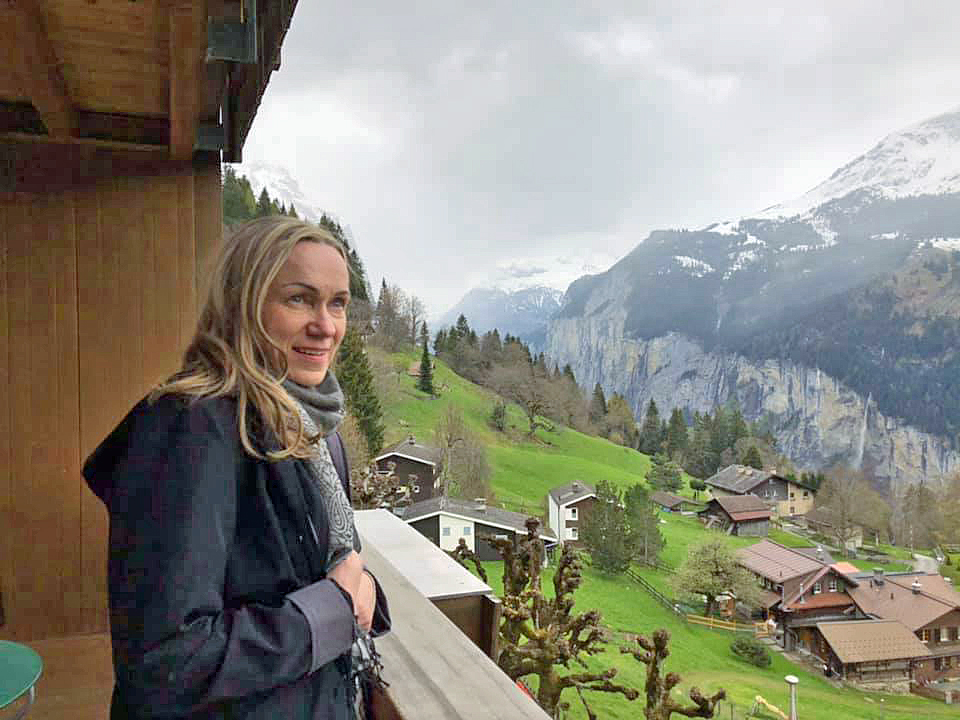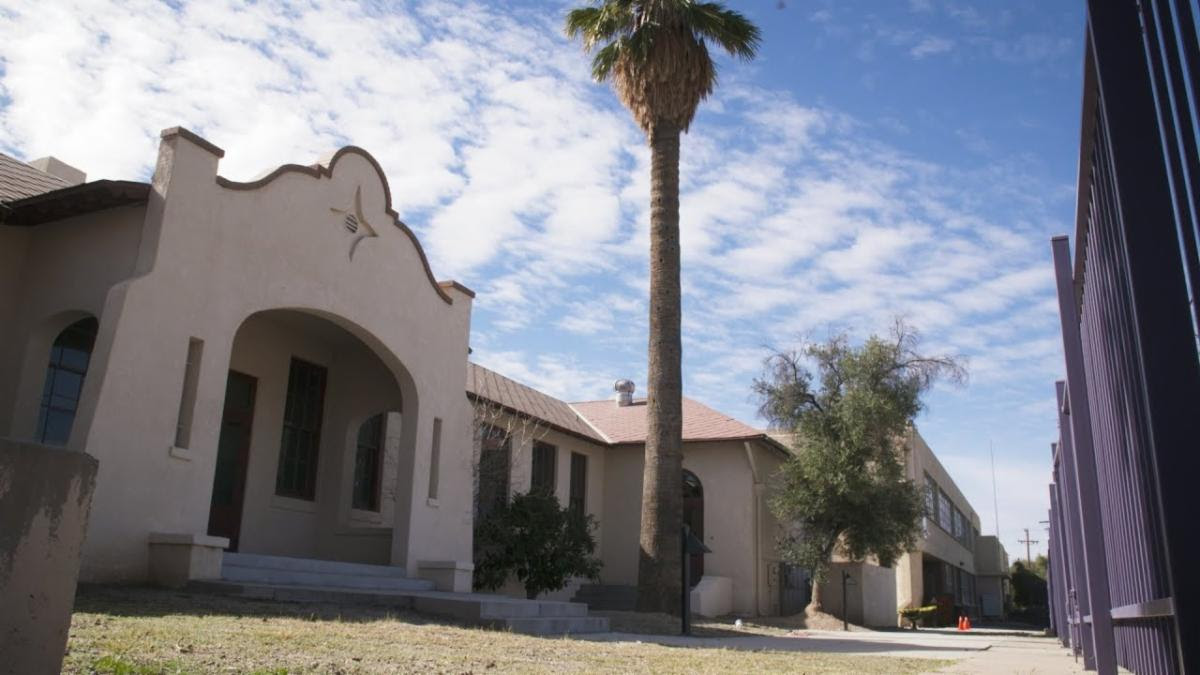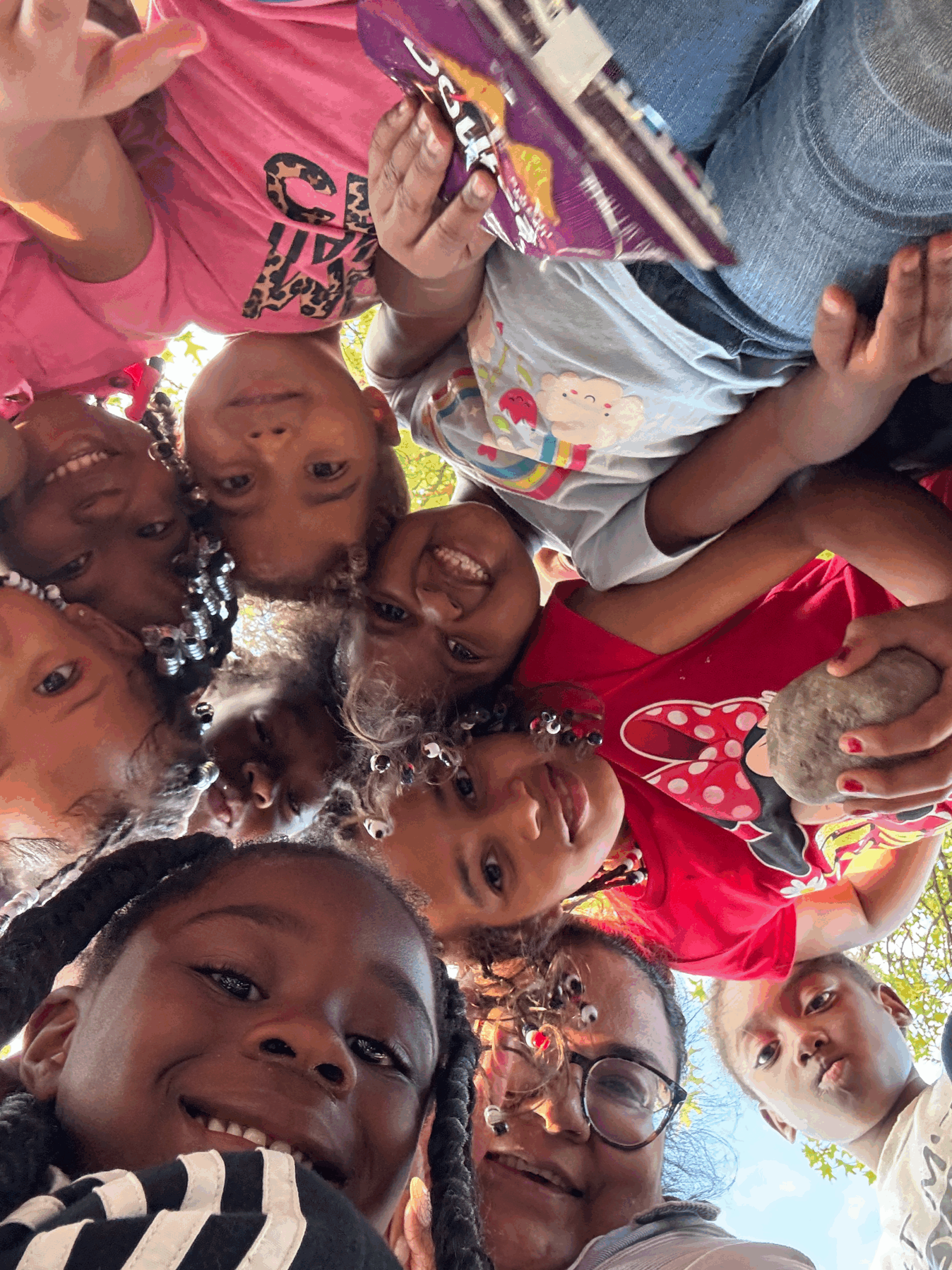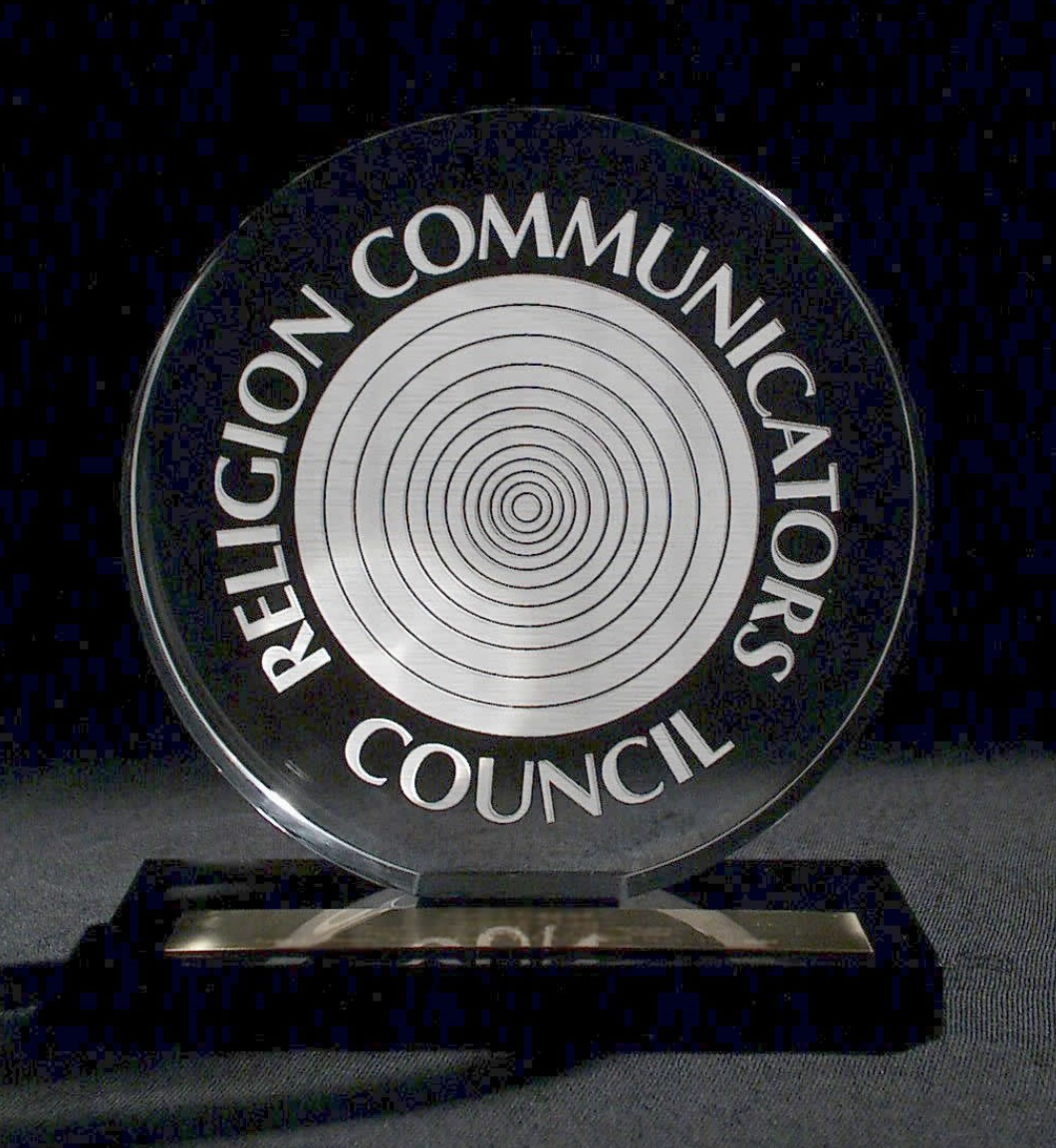
Tucson’s Dunbar Pavilion: How a Jim Crow-era school became the gateway to a thriving institute ecosystem

Before 1909, Arizona schools were not required by law to be segregated. Following the rise of Jim Crow laws across the country, the Arizona legislature—the territory not yet a state —passed a bill that mandated the segregation of white, Black and Mexican students in schools. Despite local pushback, including a veto from the then territory governor, the law went into effect.
Out of this state-mandated division, the Dunbar School was born. The establishment of the school, initially named Colored School, was boycotted to no avail by Black families who were concerned about the inadequate facilities. Eventually, the families began sending their children to the school, later renamed “Dunbar,” after famed Black poet Paul Laurence Dunbar.
Over time, the Dunbar School became a community pillar, growing in size and numbers. But following school integration in 1952, Black students were bussed to white schools, leading to a dwindling student population at Dunbar, and its eventual closure. In the 1990s, the city of Tucson was preparing to demolish the school, which sat abandoned since 1978. Alumni and community members of the Dunbar Coalition bought the school for $25 and transformed it into a community center that would eventually house a number of Bahá’í activities.
In 2020, during the height of Black Lives Matter protests following the death of George Floyd, a Baha’i children’s class sang Baha’u’llah’s quote, “So powerful is the light of unity that it can illuminate the whole earth,” during a Tucson rally. “It calmed the crowd,” says Bahá’í community member Michael Parker. Following the rally, the Dunbar Pavilion executive coordinator introduced herself to one of the children’s class teachers, sharing how impactful the children’s song was, and asking questions about the class. From the interaction, a relationship grew.
The Bahá’í community received a one-year grant from Dunbar Pavilion to begin hosting their children’s class and junior youth group in the center. Subsequently, a team was formed to oversee and organize the activities at the pavilion. The team decided to plan a community night every Friday following the classes, and attracted many families from the wider Tucson community.
Most of the families coming to the activities were from the Desert Stone community, a neighborhood situated about 20 minutes from Dunbar Pavilion that is home to many Congolese families. “It was really difficult to pick the families up and make sure they had rides to come to the Dunbar Pavilion,” explains team member Jinous Dehghani.
Dehghani says the team’s sole worry with decentralizing Dunbar activities was the fate of families that lived outside of Desert Stone. “But then a lot of them also started [activities] in their own areas,” she says. “They took that ownership and started children’s classes in their neighborhoods. [Dunbar] was like a learning space for a lot of different communities to take things back to where they live.”
Parker, who also lives in Desert Stone, mentioned to the team that there were a significant number of families with children in their community, and it may be a fruitful decision to move the activities from the Dunbar Pavilion to that neighborhood. In Desert Stone, the team implemented their same schedule from Dunbar, which had proven successful in the past. “Dunbar was a natural gateway,” says Jinous. “We felt like these families kept coming and showing the desire to have something in their area. It just made sense for the person who lives in that area to commit to it, with the support of a few others.”
In Desert Stone, a small group of Bahá’ís, along with a local Congolese family, visited 300 homes in an effort to invite more community members to activities. Today, the family’s 15-year-old daughter teaches the neighborhood children’s class, with up to 22 participants. There’s also a junior youth group, and the continued community nights that take place after the activities, “galvanizing the neighborhood into a space where young people can come every Friday,” says Parker.
The community night draws 30 to 40 youth of diverse backgrounds. Some eventually joined a dance team called “Warriors for Justice,” performing interpretive dances with spiritually-informed themes, taught by Oscar DeGruy, a founder of the Bahá’í dance workshop groups of the ‘90s.
Among the lessons learned from the Dunbar Pavilion activities was how community members can support one another, shifting the weight of responsibilities from an individual to many members of a neighborhood team. “We can all work together to move the process forward and strengthen bonds between people,” Jinous says. “A lot of people felt isolated but these community nights help build friendships and bonds that continue.”




